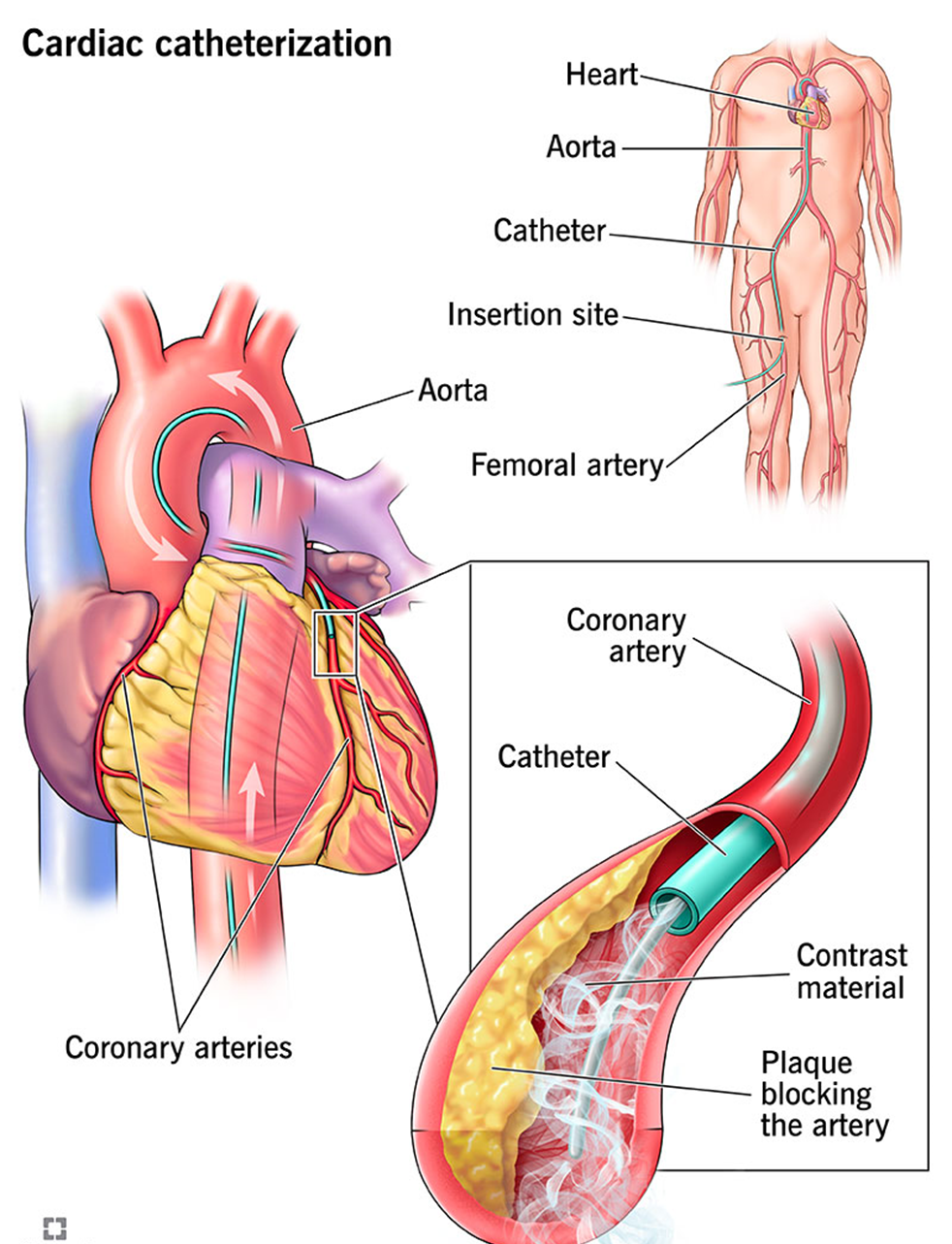A client with a history of seizures is scheduled for an electroencephalogram (EEG). Which instruction does the nurse give the client before the test?
You may bring some music to listen to for distraction.
Do not take any sedatives 12 to 24 hours before the test.
You will need to have someone to drive you home.
Please do not have anything to eat or drink after midnight.
The Correct Answer is B
Choice A: You May Bring Some Music to Listen to for Distraction
Bringing music for distraction is generally not a standard instruction given before an EEG. While listening to music might help some patients relax, it is not a critical part of the preparation for the test. The primary focus of EEG preparation is to ensure accurate readings of brain activity, which can be influenced by various factors such as medication and sleep.
Choice B: Do Not Take Any Sedatives 12 to 24 Hours Before the Test
Avoiding sedatives before an EEG is crucial because these medications can alter brain activity and affect the test results. Sedatives can suppress the electrical activity in the brain, leading to inaccurate readings. Therefore, it is essential for patients to avoid taking any sedatives 12 to 24 hours before the test to ensure the EEG captures the brain’s natural activity.
Choice C: You Will Need to Have Someone to Drive You Home
This instruction is typically given if the patient is expected to be sedated or if the test involves procedures that might impair their ability to drive. However, for a standard EEG, patients are usually not sedated, and there is no need for someone to drive them home. This instruction is more relevant for other types of medical procedures that involve sedation.
Choice D: Please Do Not Have Anything to Eat or Drink After Midnight
Fasting is not a standard requirement for an EEG. Patients are generally allowed to eat and drink before the test. However, they are often advised to avoid caffeine as it can affect brain activity. The instruction to avoid food and drink after midnight is more commonly associated with procedures that require anesthesia or sedation, not an EEG.
Nursing Test Bank
Naxlex Comprehensive Predictor Exams
Related Questions
Correct Answer is A
Explanation
Choice A: Metformin
Reason: Metformin is known to interact with contrast material, particularly iodinated contrast media, and can increase the risk of acute kidney injury (AKI). This interaction can lead to a condition known as contrast-induced nephropathy (CIN) or contrast-induced acute kidney injury (CI-AKI). Metformin is primarily excreted by the kidneys, and impaired renal function can lead to its accumulation, increasing the risk of lactic acidosis, a rare but serious complication. Therefore, it is generally recommended to withhold metformin before and after the administration of contrast media until renal function is confirmed to be normal.

Choice B: Carvedilol
Reason: Carvedilol is a beta-blocker used to treat high blood pressure and heart failure. It does not have a known interaction with contrast media that would increase the risk of acute kidney injury. Carvedilol primarily affects the cardiovascular system and does not significantly impact renal function or interact with contrast agents.
Choice C: Nitroglycerin
Reason: Nitroglycerin is used to treat angina and other heart conditions by dilating blood vessels. It does not interact with contrast media in a way that would increase the risk of acute kidney injury. Nitroglycerin’s primary effects are on the cardiovascular system, and it does not have nephrotoxic properties.
Choice D: Atorvastatin
Reason: Atorvastatin is a statin used to lower cholesterol levels. While it can have effects on liver enzymes and muscle tissue, it does not interact with contrast media to increase the risk of acute kidney injury. Atorvastatin is metabolized by the liver and does not significantly impact renal function.
Correct Answer is ["B","C","D"]
Explanation
Choice A Reason:
Administering 0.45% NS (normal saline) at 50 mL/h is not appropriate for a client with SIADH (Syndrome of Inappropriate Antidiuretic Hormone Secretion). This solution is hypotonic and can exacerbate the condition by increasing water retention and worsening hyponatremia. Therefore, this choice is not included in the plan of care.
Choice B Reason:
Obtaining daily weight is crucial for monitoring fluid balance in clients with SIADH. Daily weights help detect fluid retention or loss, which is essential for managing the condition. Accurate weight measurements can indicate changes in fluid status and guide adjustments in treatment.
Choice C Reason:
Maintaining seizure precautions is vital for clients with SIADH because severe hyponatremia can lead to neurological symptoms, including seizures. Implementing seizure precautions helps ensure the client’s safety and allows for prompt intervention if seizures occur.
Choice D Reason:
Administering 3% saline as ordered is appropriate for treating severe hyponatremia in clients with SIADH. Hypertonic saline helps increase serum sodium levels, which is critical for correcting the electrolyte imbalance. This intervention should be closely monitored to avoid rapid changes in sodium levels.
Choice E Reason:
Encouraging fluid intake is not appropriate for clients with SIADH. The condition is characterized by excessive water retention, and increasing fluid intake can worsen hyponatremia. Instead, fluid restriction is typically recommended to manage the condition effectively.
Whether you are a student looking to ace your exams or a practicing nurse seeking to enhance your expertise , our nursing education contents will empower you with the confidence and competence to make a difference in the lives of patients and become a respected leader in the healthcare field.
Visit Naxlex, invest in your future and unlock endless possibilities with our unparalleled nursing education contents today
Report Wrong Answer on the Current Question
Do you disagree with the answer? If yes, what is your expected answer? Explain.
Kindly be descriptive with the issue you are facing.
